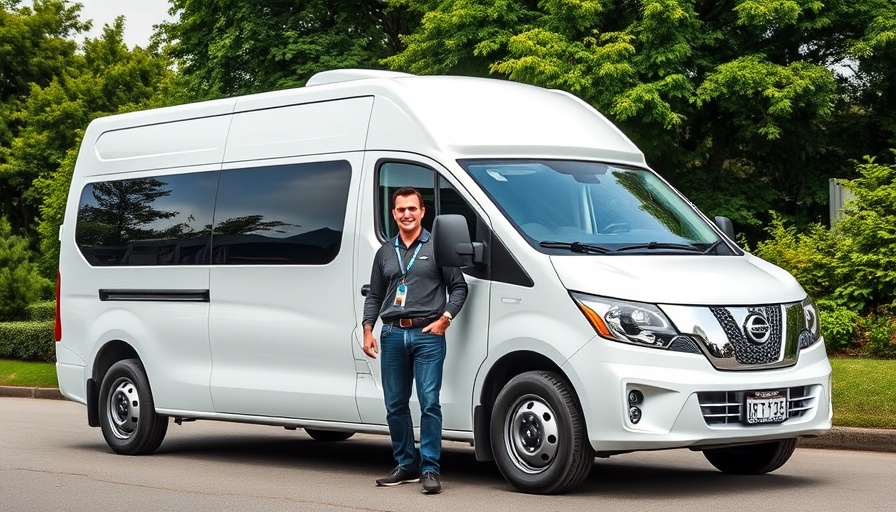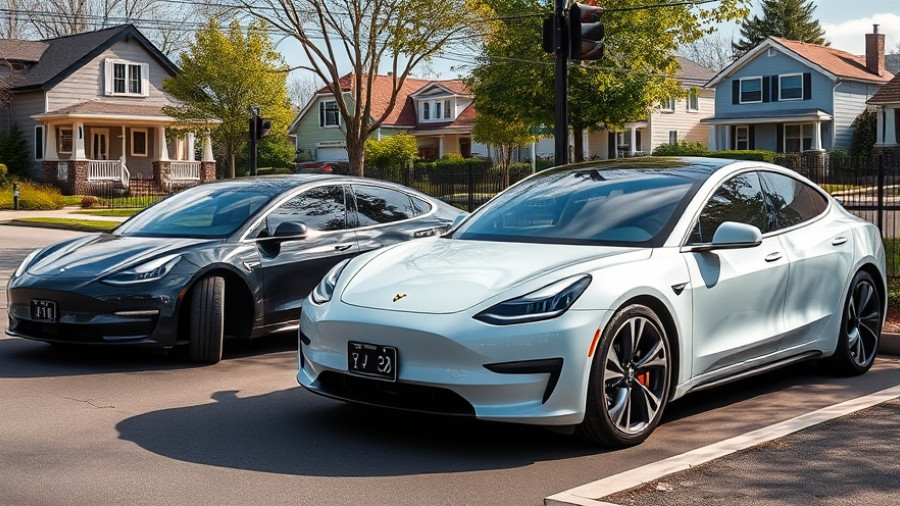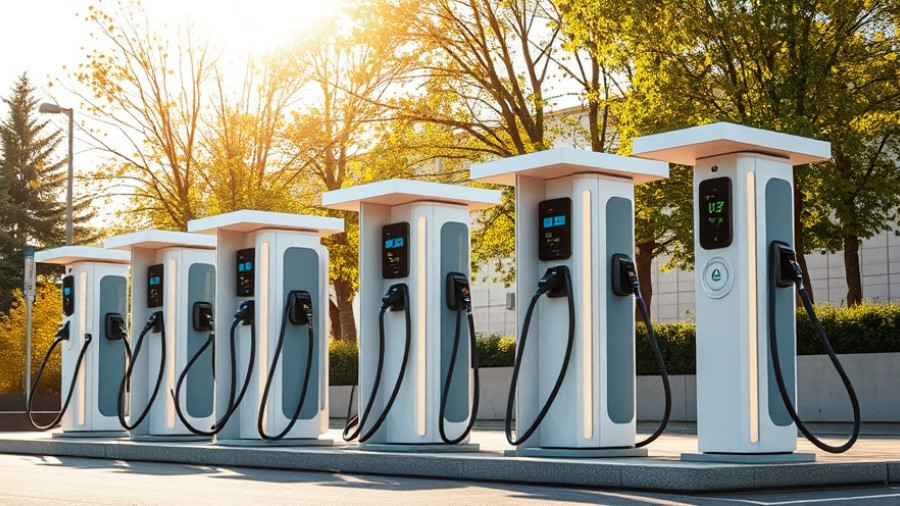
Introducing the Nissan Interstar-e: Advancements in Electric Vans
The Nissan Interstar-e marks a significant evolution in the electric van market, aiming to provide businesses and homeowners interested in green energy solutions with a practical, eco-friendly vehicle. Launched as an offshoot of the Renault Master, the Interstar-e integrates advanced technologies while offering an impressive range of customization options and state-of-the-art performance metrics. This vehicle stands out particularly for its exceptional aerodynamics, reducing air resistance by approximately 20%, and enhancing efficiency.
The Importance of Electric Vans in Sustainable Living
With the proliferation of low-emission zones and rising fuel costs, the necessity for sustainable transportation options has never been more pressing. The Nissan Interstar-e is designed to cater to eco-conscious users who require a reliable workhorse for daily tasks, while still committing to reducing their carbon footprint. This aligns well with global efforts to transition towards more electric-based transportation systems, crucial as cities worldwide push for greener alternatives.
Detailed Specifications: The Numbers Behind the Van
The Interstar-e boasts an 87 kWh battery capacity, offering a WLTP range of up to 410 kilometers. This positions it favorably against competitors like the Ford E-Transit and Citroën ë-Relay. Fast charging capabilities enable users to regain significant mileage in just 30 minutes at a 130 kW DC charging station, making it practical for busy fleets that require minimal downtime.
Insights on the Interior and Comfort
Despite being a utility vehicle, the Interstar-e doesn't compromise on comfort. The dashboard features ergonomic designs typically found in passenger vehicles, with a touch-screen infotainment system compatible with both Android Auto and Apple CarPlay. One aspect for improvement, however, is the absence of an onboard navigation system, which Nissan plans to introduce in 2026. Such insights underline the need for constant technological upgrades to meet the demands of modern drivers.
Practical Considerations: Functionality vs. Limitations
While the Interstar-e presents numerous advantages, it also comes with limitations. The payload capacity is reduced compared to its diesel counterparts. Depending on the configuration, users can expect a maximum payload of approximately 1,625 kg, which might require creative planning for fleet operations. This degree of flexibility showcases Nissan's design intent but also highlights areas where the vehicle may fall short in demanding applications.
Evaluating the Costs: Is It Worth the Investment?
With a base price of €53,500 in Germany, the Interstar-e is positioned at a premium compared to traditional diesel vans, which can deter some potential buyers. However, potential savings on fuel and running costs can offset this initial investment over time, especially for businesses seeking to adopt green practices. As subsidy programs for electric vehicles start to spring up in various regions, prospects for financial relief are improving.
Future Trends: Where Electric Vans Are Headed
The Nissan Interstar-e illustrates a broader trend towards electrification in the transportation sector. As battery technology continues to advance, the increasing range and efficiency of electric vans will likely improve their appeal for a wider audience. With major facets like charging infrastructure rapidly evolving, potential buyers are encouraged to consider electric vans as viable options for their transport needs.
Conclusion: A Solid Option with Room for Growth
The Nissan Interstar-e serves as a practical, greener alternative for tradespeople and businesses looking for electric transport solutions. While some challenges remain—such as payload limitations and current pricing—its advantages in range, customization, and comfort herald a promising future for electric work vehicles. For anyone interested in adopting environmentally friendly practices, investing in the Interstar-e could pave the way towards a greener future.
If you're considering making the shift towards an electric vehicle for your home or business, the Nissan Interstar-e represents an opportunity not to be missed. Connect with local dealers to learn more about incentives available to curb the cost of transition and to schedule a hands-on test drive.
 Add Row
Add Row  Add
Add 



Write A Comment